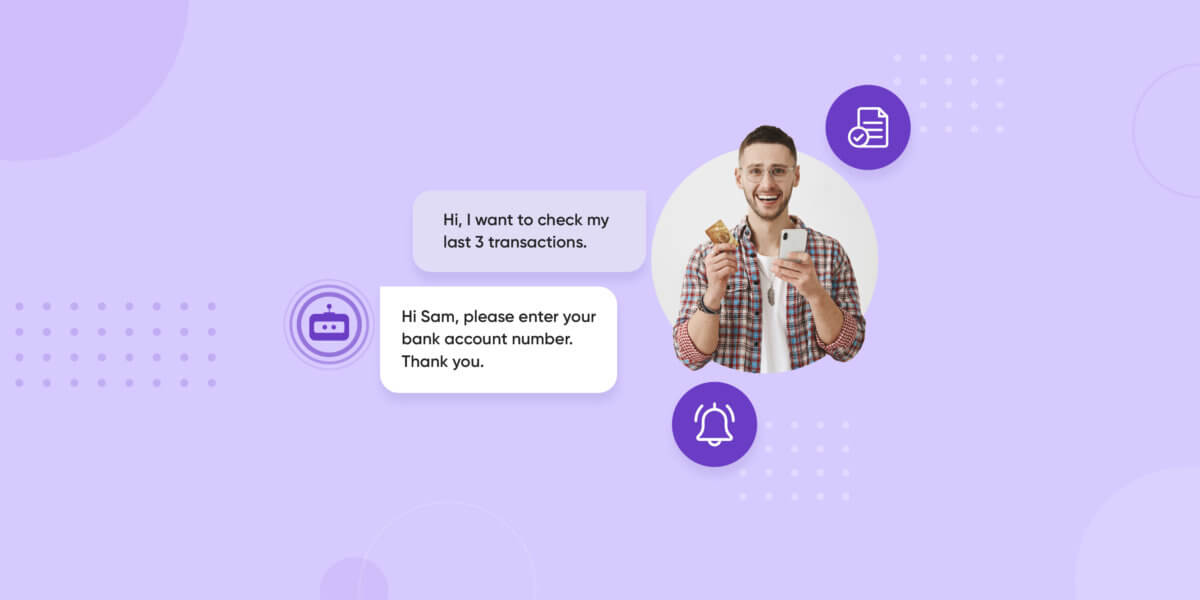7 Ways to Improve Post-Purchase Customer Experience

7 Ways to Improve Post-Purchase Customer Experience
Post-purchase customer experience involves your customers’ interactions and experiences after buying a product from your brand.
A customer’s experience starts from the first point of contact and impacts their buying decisions. But a post-purchase customer experience helps in customer retention and building brand loyalty.
This is why it is central to your company’s growth. This ties back to the research done by Bain & Company that shows that increasing your customer retention rate by just 5% in a year will raise profits by at least 25%.
You can provide an excellent experience to your customer by ensuring wholesome customer engagement and support. A great customer experience establishes better customer relationships and customer loyalty and retention.
Previously, we wrote about the steps you must take to improve customer experience. This post will focus on enhancing your post-purchase customer experience using customer support automation.
Post-Purchase Customer Experience
When it comes to customer experience can be roughly broken down into three main phases: pre-purchase, during-the-purchase, and post-purchase experience.
Where pre-purchase and during-the-purchase experiences focus on helping the customer decide and buy the product, post-purchase customer experience centres around providing product satisfaction and customer retention.
Every message you send to your customer is more than just a text. It’s an opportunity to serve your customer and move them from one-time buyers to repeat customers. Customers will always remember how you made them feel.
Why is Post-Purchase Customer Experience Important?
As seen in the Know Your Customer Acquisition Cost (CAC) post, acquiring a new customer is difficult and expensive. To balance the CAC, companies should focus on improving post-purchase customer experience.
Once you’ve acquired a customer, your company’s goal should be to get the most out of them. In business terms, this is called a customer’s lifetime value (LTV), defined as the net profit you get from a customer over their entire relationship with your company. The more the customer buys from you, the higher their lifetime value.
There are many ways to improve your customer’s LTV, but the easiest is to engage with them meaningfully and personally. This will establish relationships and build loyalty.
When you improve the post-purchase experience, you
- retain customers – they keep coming back and help you improve your revenue
- increase loyalty – your customer service will be your brand differentiator
- get new customers – happy customers will encourage their families and friends to buy from you (word of mouth marketing)
Improve Customer Experience Using Customer Support Automation
Understanding customer psychology and behaviour can help you improve the post-purchase experience. Usually, after a purchase, a customer is
- excited at having something new
- unsure if they made the right decision
- worried about delivery
- concerned with the product performance
You can develop meaningful customer experience strategies to satisfy these needs. By addressing these emotions, you can build strong customer relationships and trust.
Using customer support automation, you can automate processes like answering frequently asked questions, sending regular communication emails and supporting customers on different channels. Importantly, it will let you engage with customers at scale.
Let’s look at 7 ways you can improve post-purchase customer experience.
1. Proactive Communication
Communication is the key. Show customers that you care by sending a thank-you message soon after the purchase. You can use an automation tool to proactively share order details, shipping confirmation, and delivery dates. By personalising the messages and sending them promptly, you can deliver a quality customer experience.
2. How-to Guides
Once the customer receives the product, share information on how to use the product. You can provide more value by sharing content in different formats like videos and articles or letting your customers live chat. A customer would also appreciate it if you shared product care tips. This will help the customer get higher satisfaction from the product over a long period of time.
3. Recommendations
Get your data to work for you. Identify what other customers have purchased along with this product and share the recommendations with your customers. When your customer is chatting with you, let them know what else they can buy to improve their product performance. You can also send automated emails suggesting frequently bought together items.
4. Refunds and Returns
How returns are handled is a major headache at times. When you have a good return policy, sharing this information with the customers will help you in customer retention. Using a live chat service and automation tools, you can make it easy for your customers to learn about your return policy.
5. Reminder Messages
One way to ensure customers return to buy from you is by sending a reminder email. Customers who receive a reminder email when the product or membership is about to run out are more likely to repurchase it from you. From the moment a customer buys from you, you can set dates when the reminder emails need to be sent.
6. Omnichannel Experience
Be present everywhere and every time for the customer. Since people spend more time on social media and WhatsApp, omnichannel support will help you provide a seamless customer experience. Be where your customer is. Let them chat with you on a device and platform of their choice.
7. Customer feedback
Listening to the voice of the customer is a healthy practice for a good customer experience. Their inputs and opinion are valuable for your business. But customer feedback forms are tedious. Instead, share a link to live chat and converse with them to get their feedback. Make it easy for them to talk to you. Use the omnichannel option to get in touch with them.
What You Shouldn’t Do: Enhance Customer Experiences with Consideration
It’s not just knowing what to do that matters; it’s equally important to be aware of what to avoid. By graciously steering clear of the following points, you can significantly enhance your customers’ experience:
- Refrain from displaying redundant ads: Choose respectful and considerate advertisements, ensuring they don’t disrupt or irritate customers during their browsing experience.
- Avoid sending excessive communication messages: Strike a delicate balance by providing relevant and valuable messages, being mindful not to overwhelm or inundate customers with excessive communications.
- Be mindful of unnecessary recommendations: Thoughtfully offer recommendations that genuinely align with customers’ interests and needs, respecting their time and preferences.
- Provide timely and attentive responses to support queries: Demonstrate a genuine commitment to customer care by promptly addressing their inquiries and offering reassurance and assistance.
- Listen to and acknowledge customer feedback: Show appreciation for the valuable feedback shared by customers, recognising their insights and suggestions as valuable contributions to improving your products and services.
In summary, cultivating a successful post-purchase experience is more important now than ever. You can foster loyalty and encourage repeat business by nurturing your customers and viewing their journey as a lifelong relationship rather than a one-time transaction. Embracing these principles is beneficial and essential for your business’s long-term success. Your dedication to delivering exceptional customer experiences with politeness and care will leave a lasting positive impact on your customers.
Verloop.io offers effortless customer support to customers






